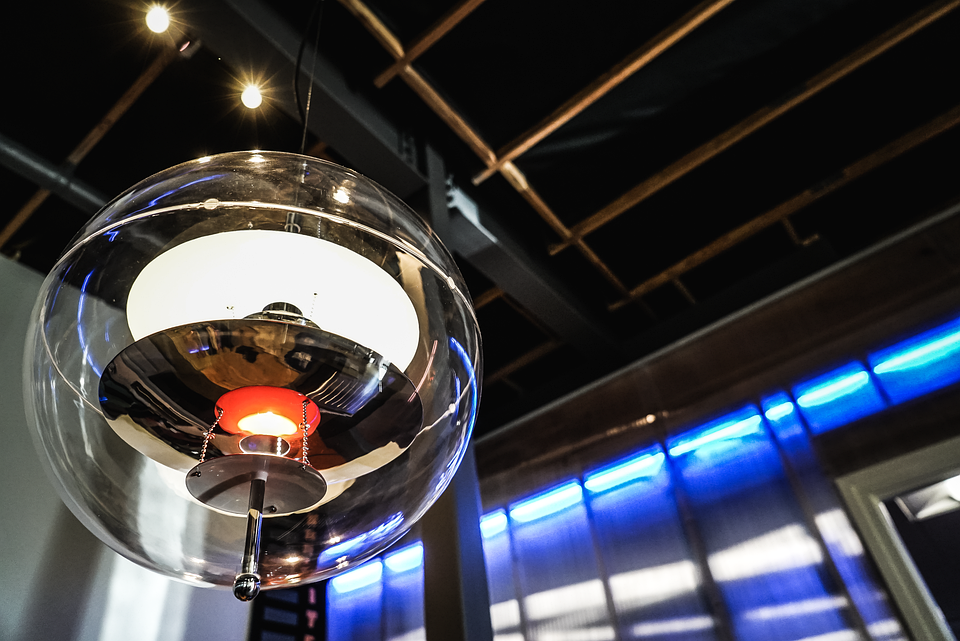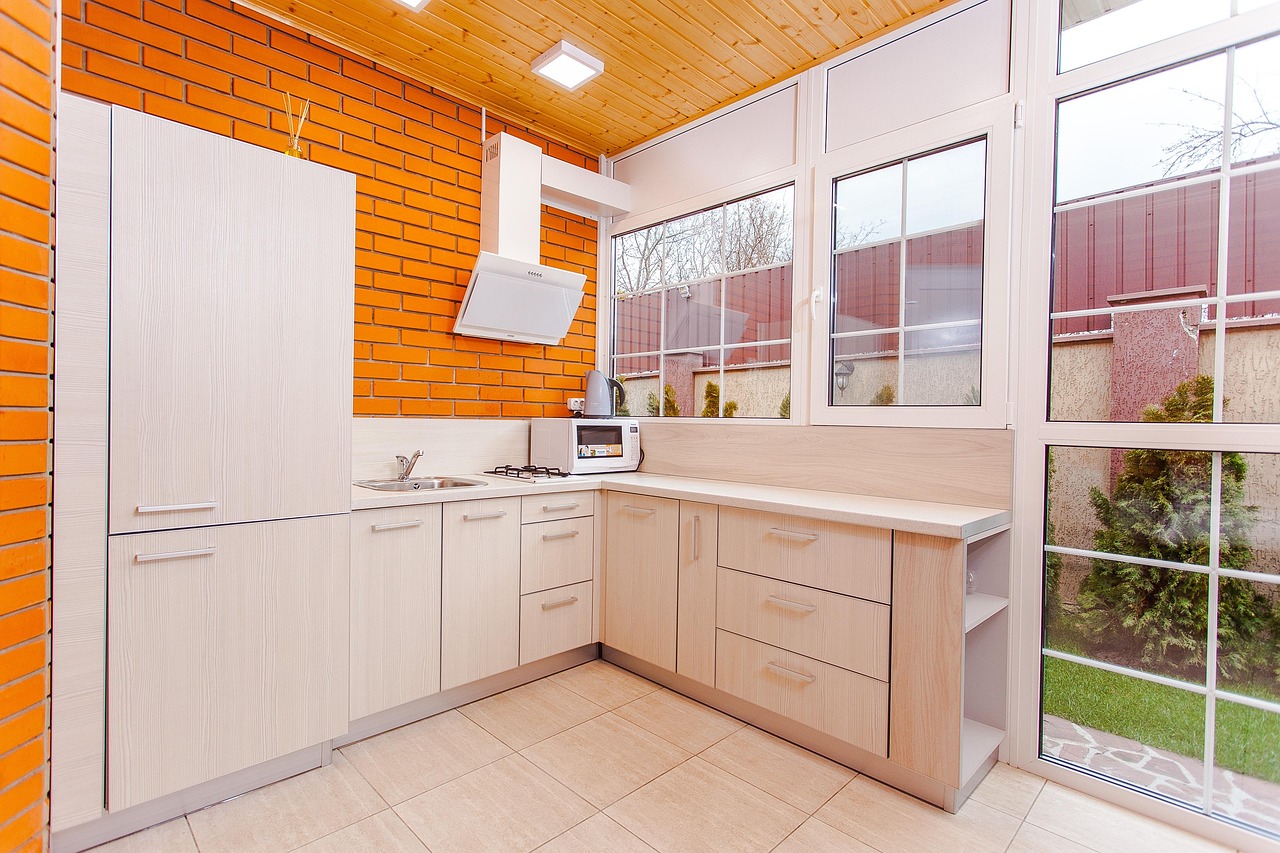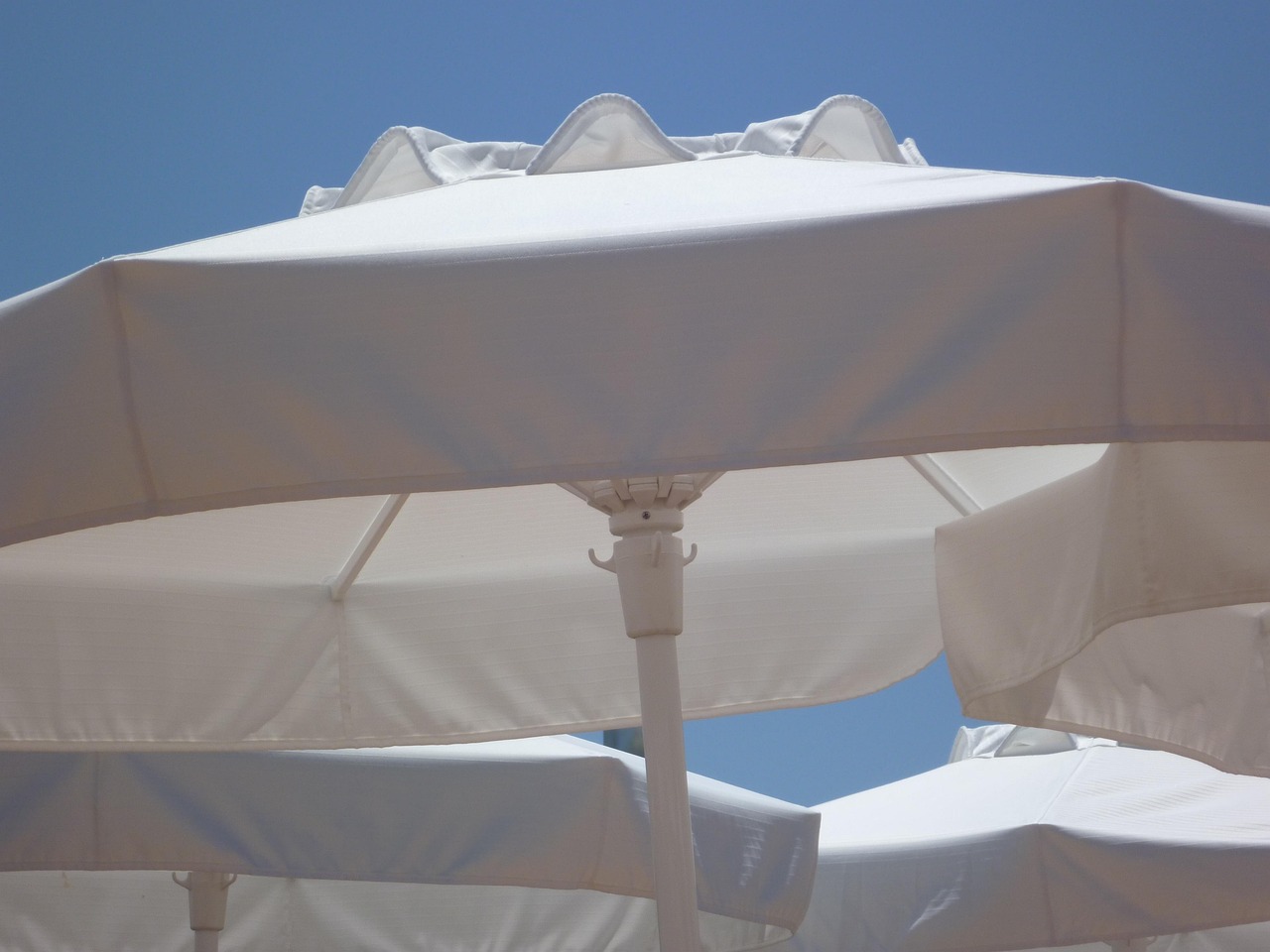Crawl space encapsulation is a process that involves the installation of various materials, such as polyethylene, to seal off a crawl space from the outside air. This is a cost-effective way to improve the air quality in your home, as well as the condition of the structure itself. The benefits of crawl space encapsulation are numerous and can be felt immediately.
First and foremost, crawl space encapsulation helps to reduce the amount of moisture and humidity in the area. Your home will be less susceptible to mold, mildew, and other airborne pollutants. With the right encapsulation materials, you can keep your crawl space dry and free of potential health and structural hazards.
In addition to reducing air pollution, crawl space encapsulation can also help improve your home’s energy efficiency. By creating a barrier around the crawl space, you can prevent cold air from entering the living space and warm air from escaping. This technique can reduce your utility bills and help the environment by using less energy.
Crawl space encapsulation can also help to reduce the risk of pests and other critters entering your home. Insects, rodents, and other pests are often attracted to damp and dark places, such as crawl spaces. By installing a strong and durable encapsulation material, you can keep these pests out and make your home more pleasant and safe.
Finally, crawl space encapsulation can be a great way to protect the structural integrity of your home. You can prevent wood rot and other potential problems by keeping out moisture. This can help extend your home’s life and keep your repair bills down.
The Cost
The cost of crawl space encapsulation will depend on the size of the crawl space and the type of materials used for the encapsulation. Generally, the larger the space, the more expensive it will be. It is important to factor in the cost of labor, as well as the cost of the materials. For smaller spaces, the cost of labor and materials may be relatively low; however, larger spaces may require significantly more materials and labor, which will increase the overall cost.
In addition, it is important to consider the type of materials used for encapsulation. Different materials can have different costs. For example, plastic sheeting is usually the least expensive material and can be used in smaller spaces. On the other hand, spray foam insulation is more expensive, but it is highly effective and can be used in larger spaces.
Overall, crawl space encapsulation is a cost-effective and beneficial way to improve the air quality of your home, as well as its energy efficiency and structural integrity. With the right materials and professional installation, you can enjoy the many benefits of crawl space encapsulation.







